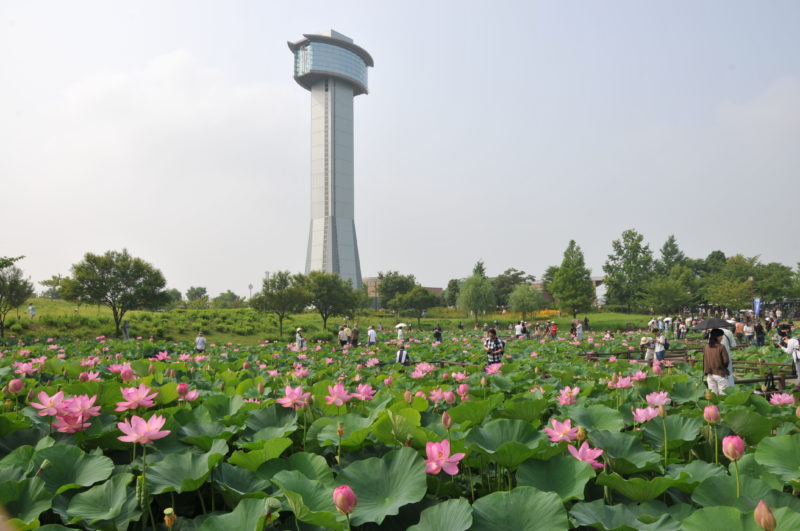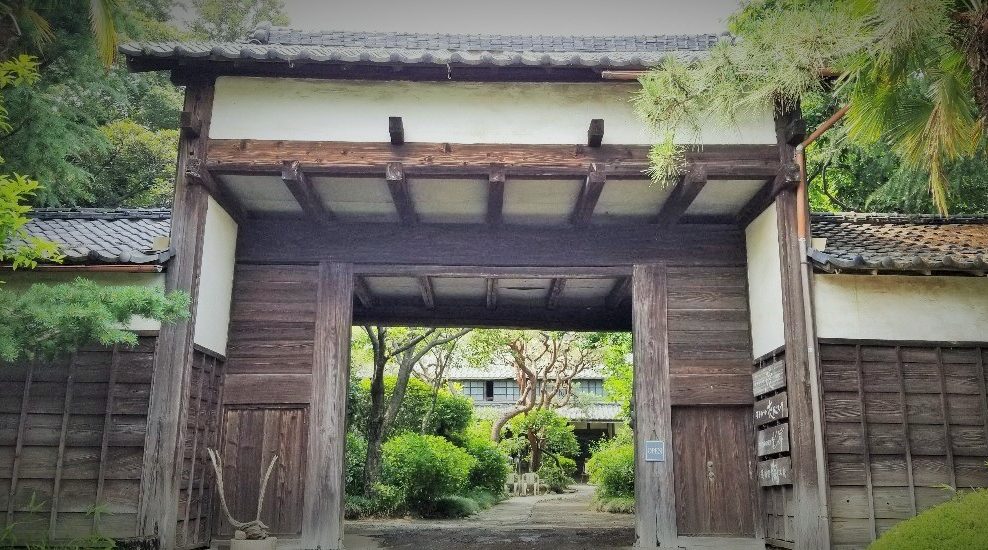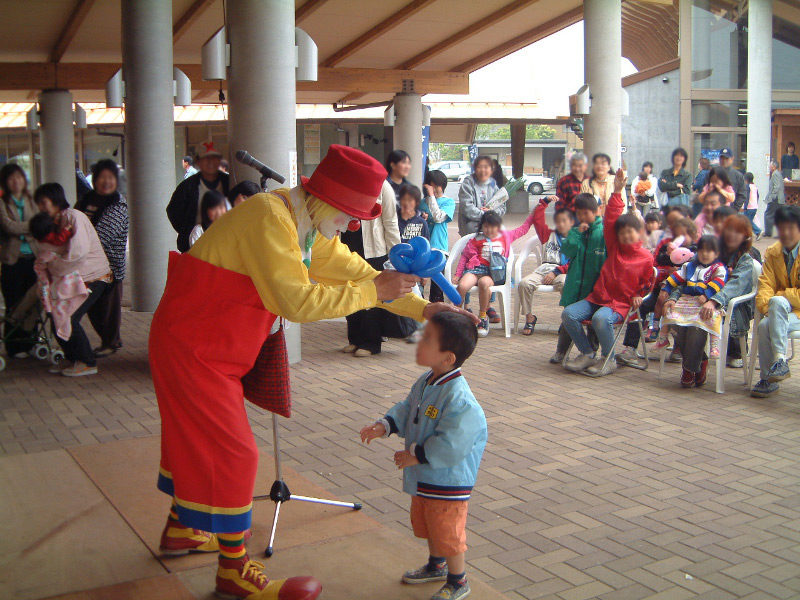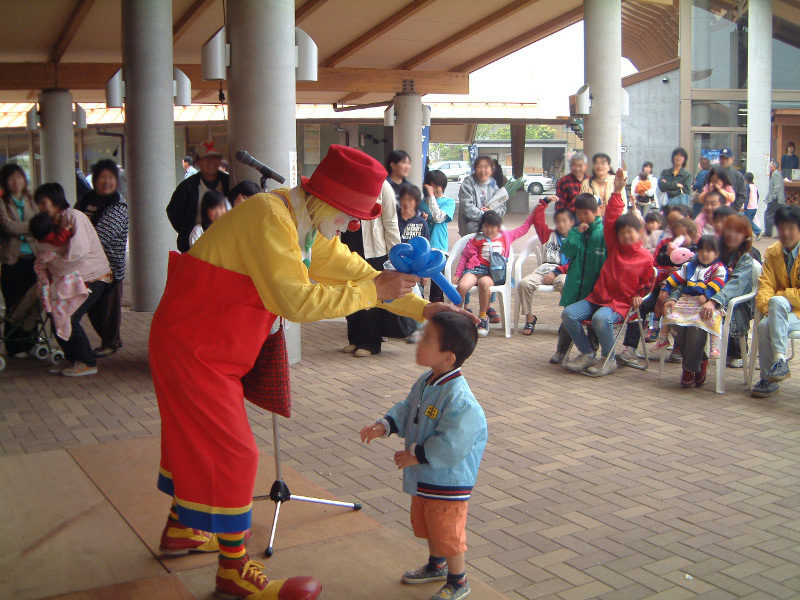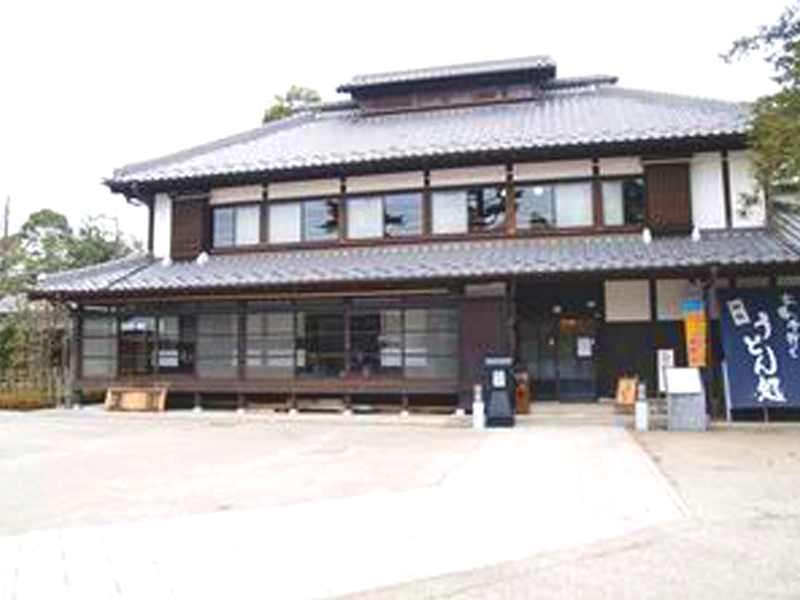Kakyu No Sato
restaurant
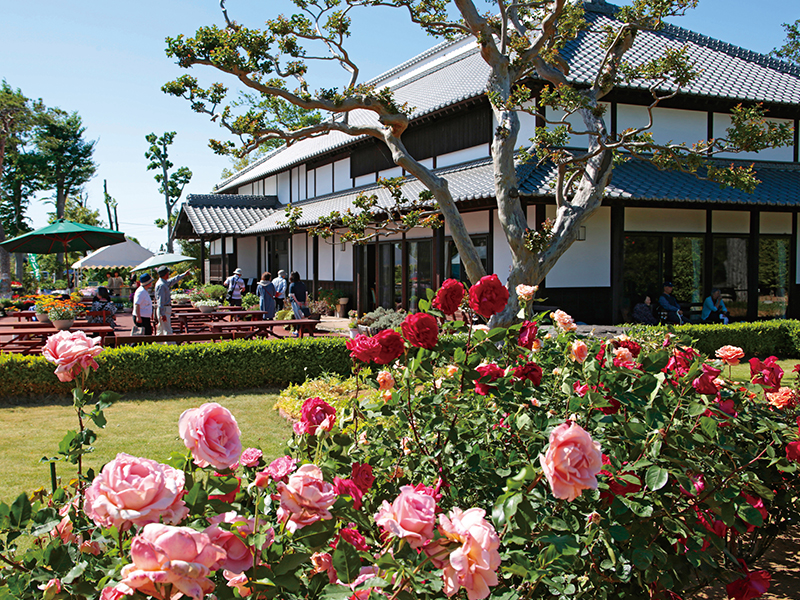
From the moment you pass through the Nagaya gate, you will find yourself in an atmosphere of peace and nostalgia in this old traditional house. In the garden, roses are in full bloom, and inside the facility there is a restaurant where visitors can enjoy a meal and a local produce specialty store for buying fresh vegetables. This is the perfect place for a relaxing time.
Basic Information
Location
343 Sekishinden, Konosu City
TEL
048-569-3811
FAX
048-569-3811
Home page
Event Information
May Rose Festival, etc.
February-March Hinamatsuri, etc.
February-March Hinamatsuri, etc.
Business hours / Fee
Business hours
9:00~17:00
*Business hours vary for each restaurant, please check before visiting
*Business hours vary for each restaurant, please check before visiting
Regular holiday
Tuesday / New Year holidays
Fee
Free
How to get there
Public transport
From Konosu Station on the JR Takasaki Line, take the Flower (community bus) Hiroda course / Kyowa course 25 minutes and get off at "Kakyu no Sato"
Car
About 30 minutes from the Kazo IC on the Tohoku Expressway.
About 40 minutes from the Higashimatsuyama IC on the Kan-Etsu Expressway.
About 20 minutes from the Okegawa-Kano IC on the Ken-O Expressway.
About 40 minutes from the Higashimatsuyama IC on the Kan-Etsu Expressway.
About 20 minutes from the Okegawa-Kano IC on the Ken-O Expressway.
Parking
Free: 120 units

